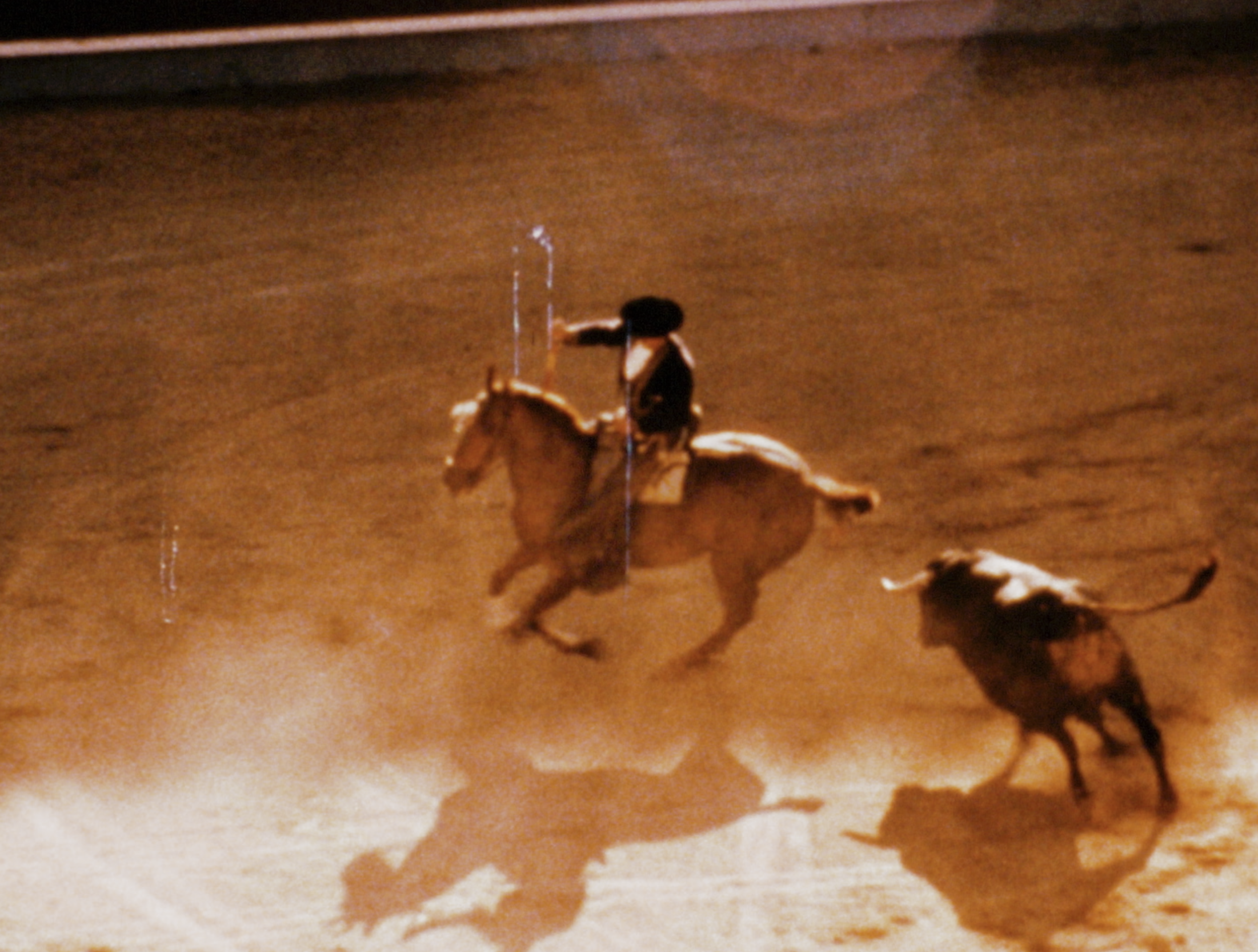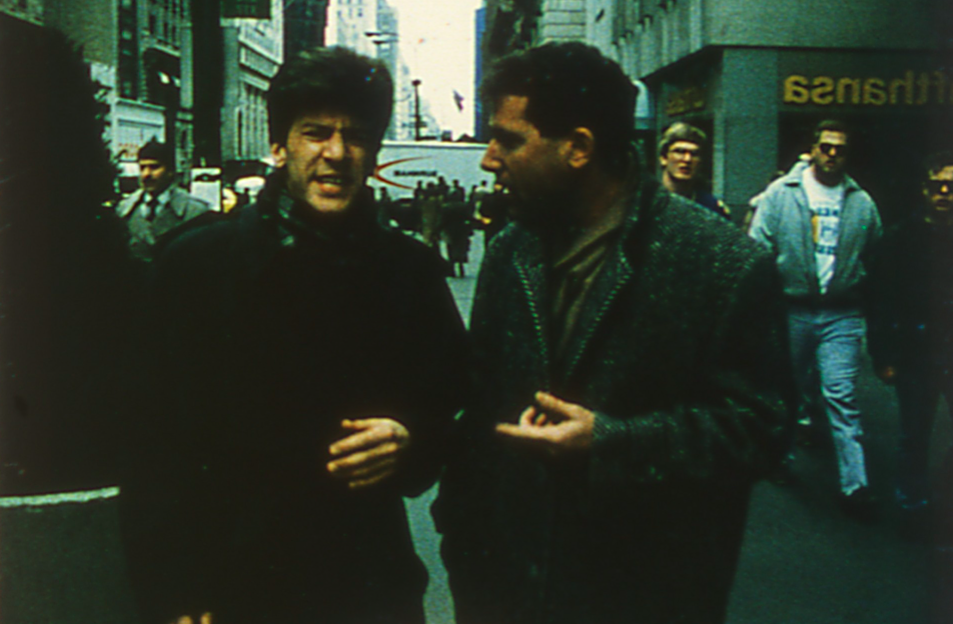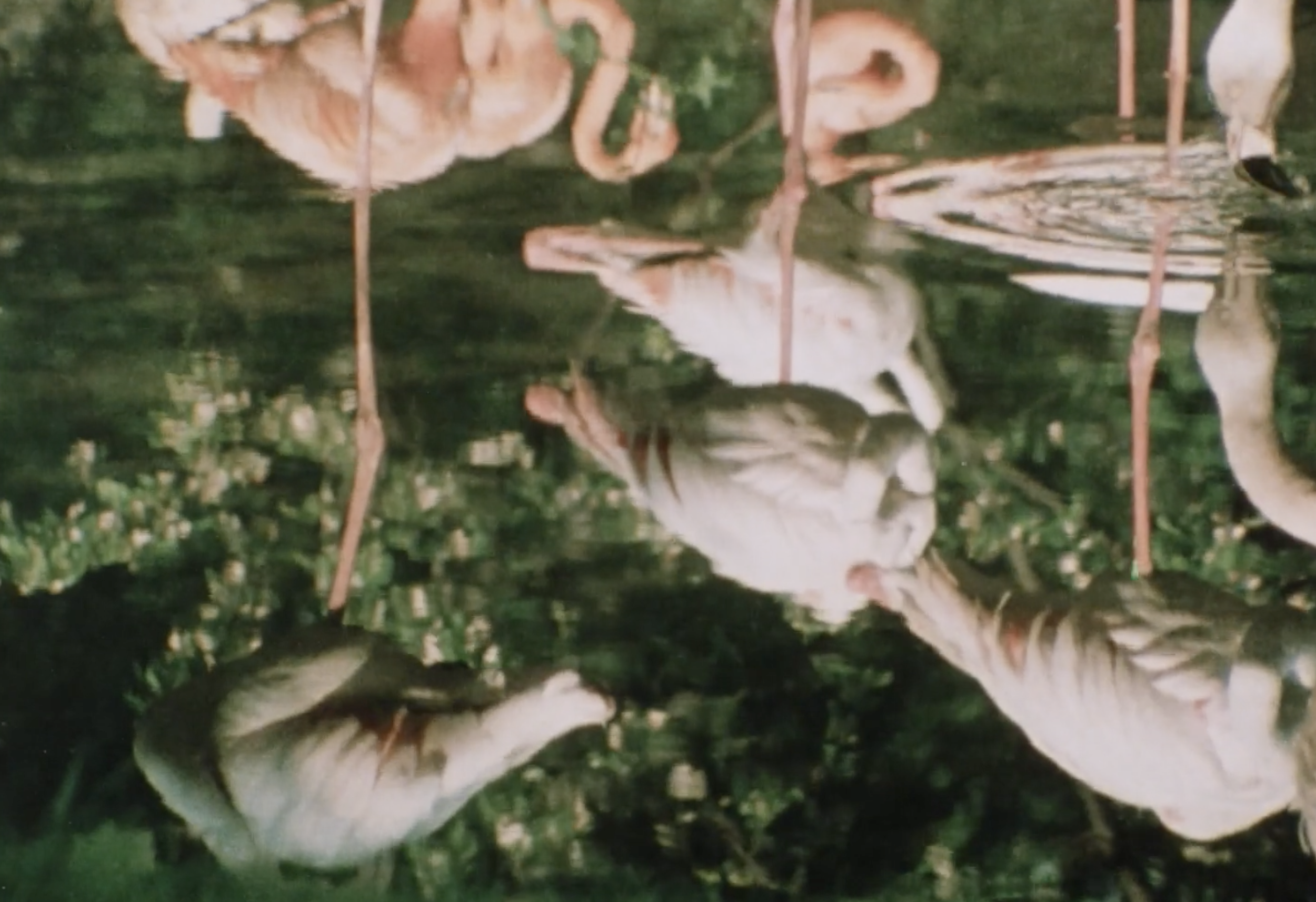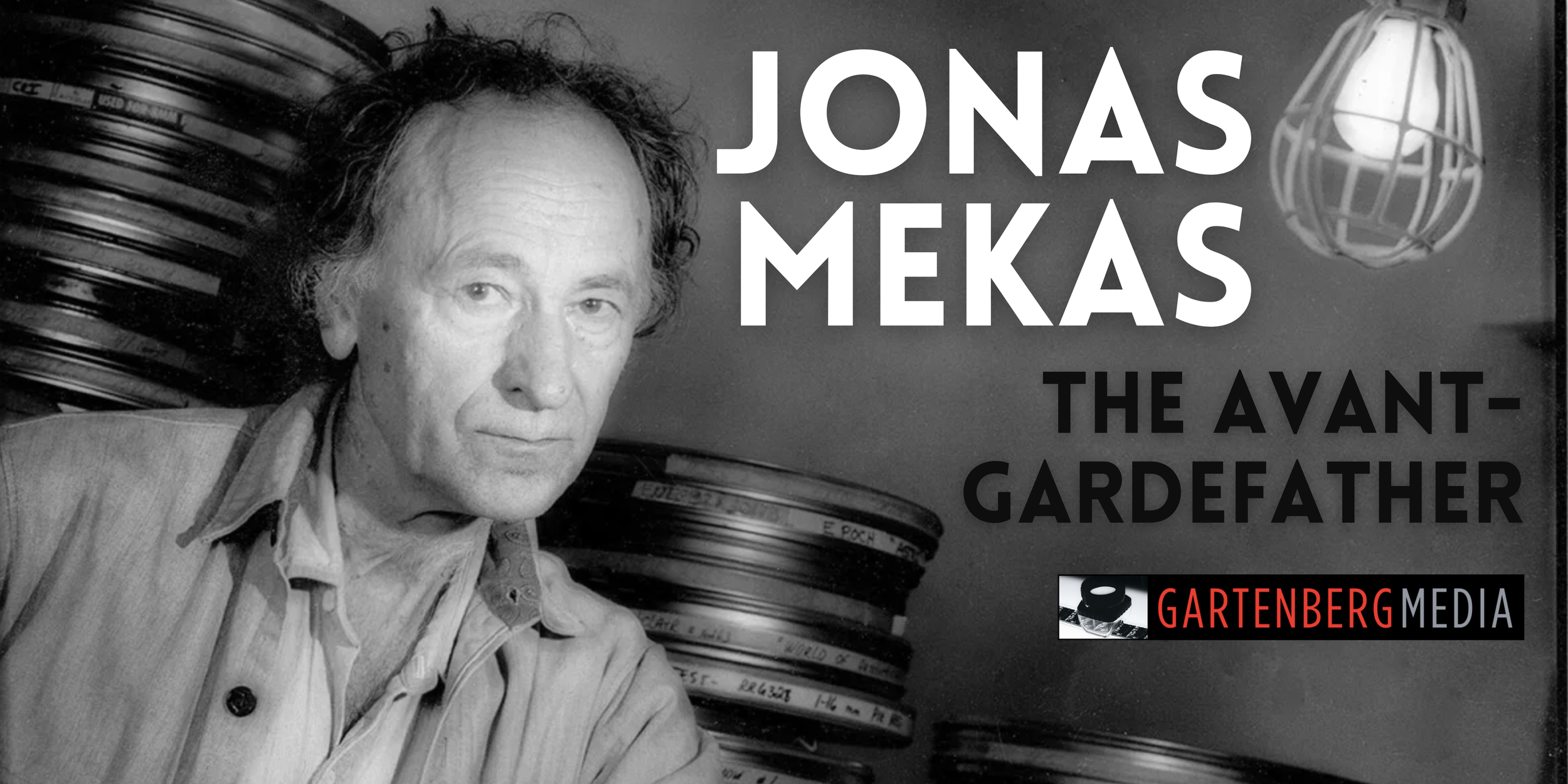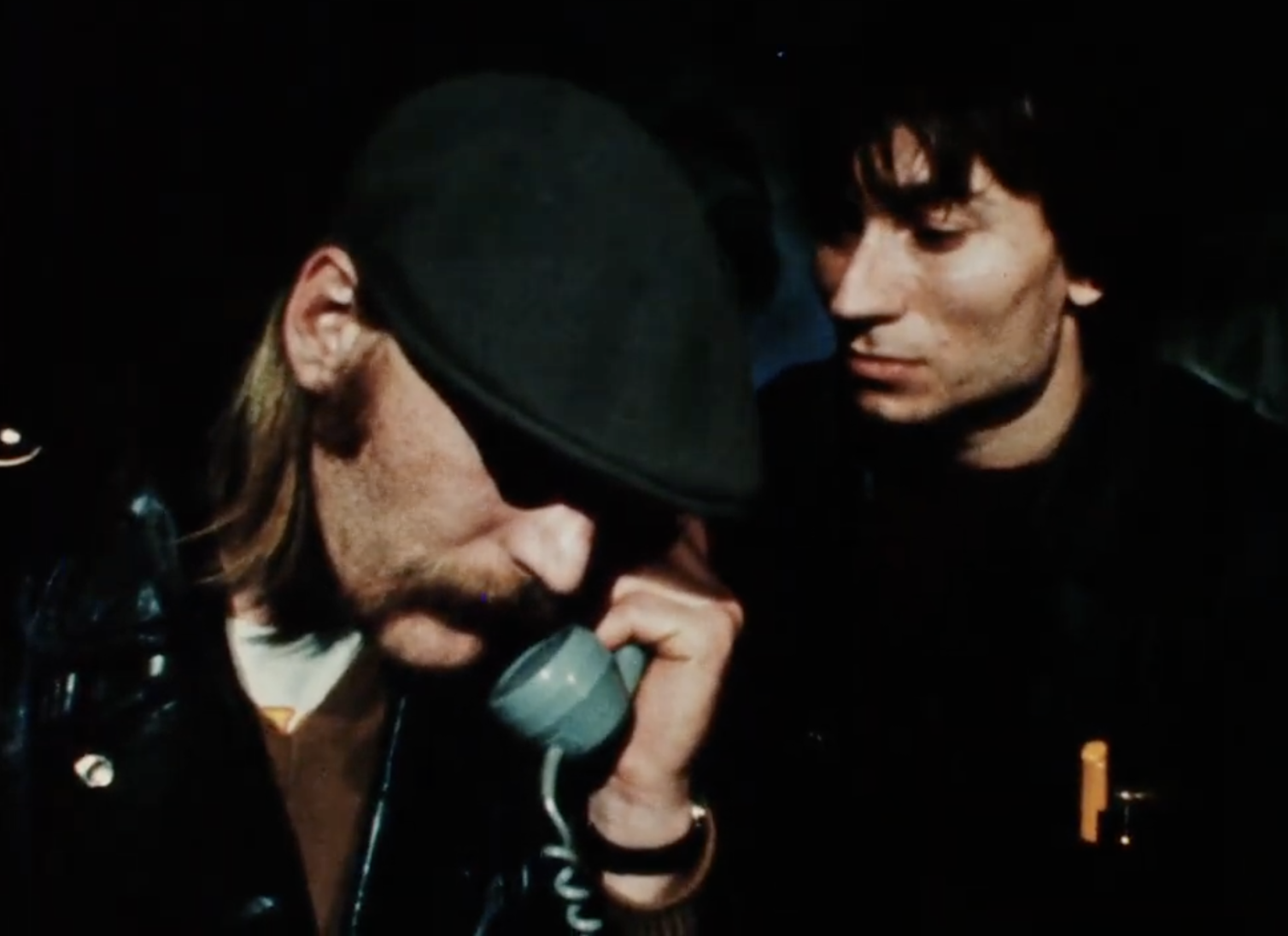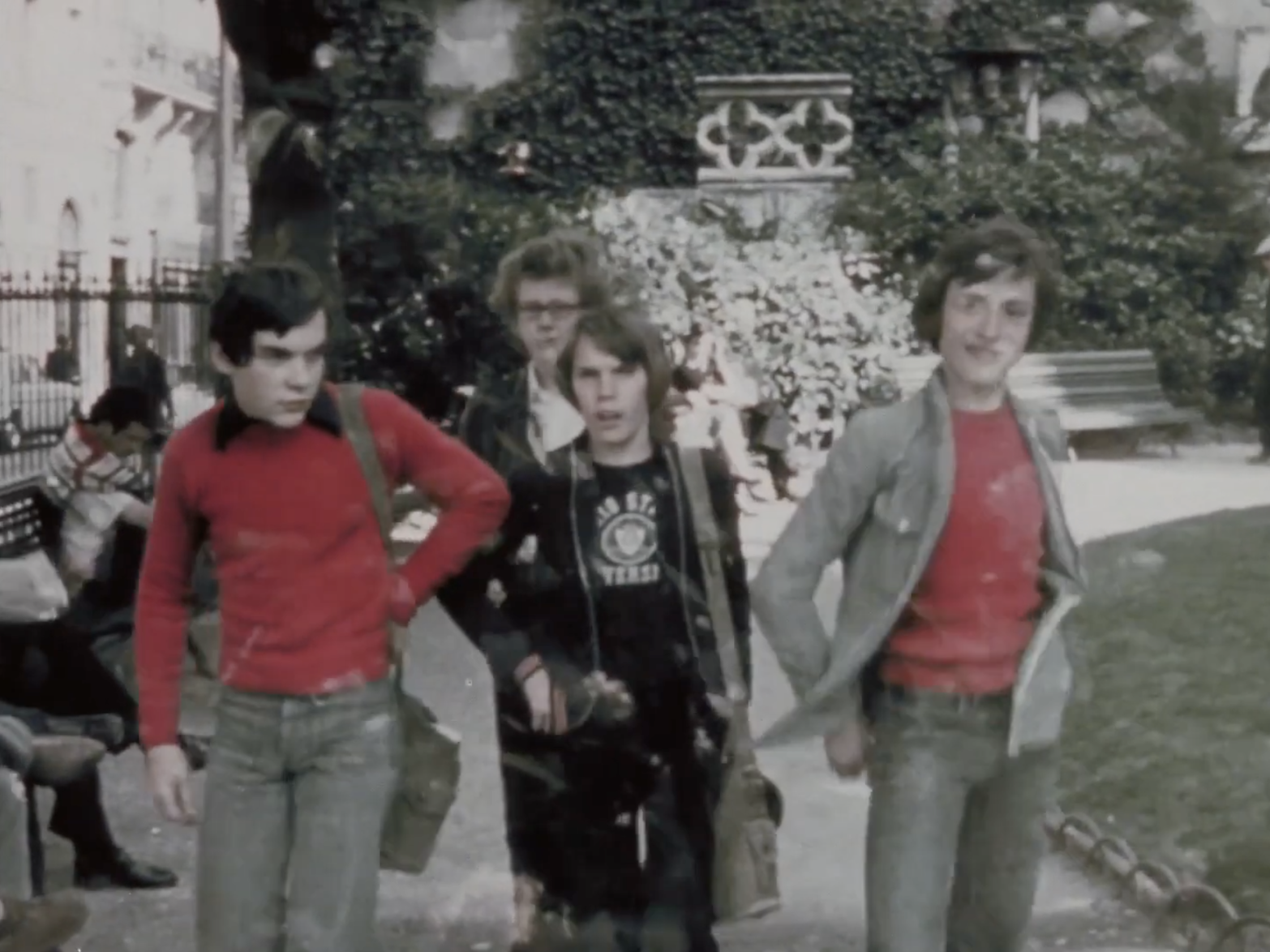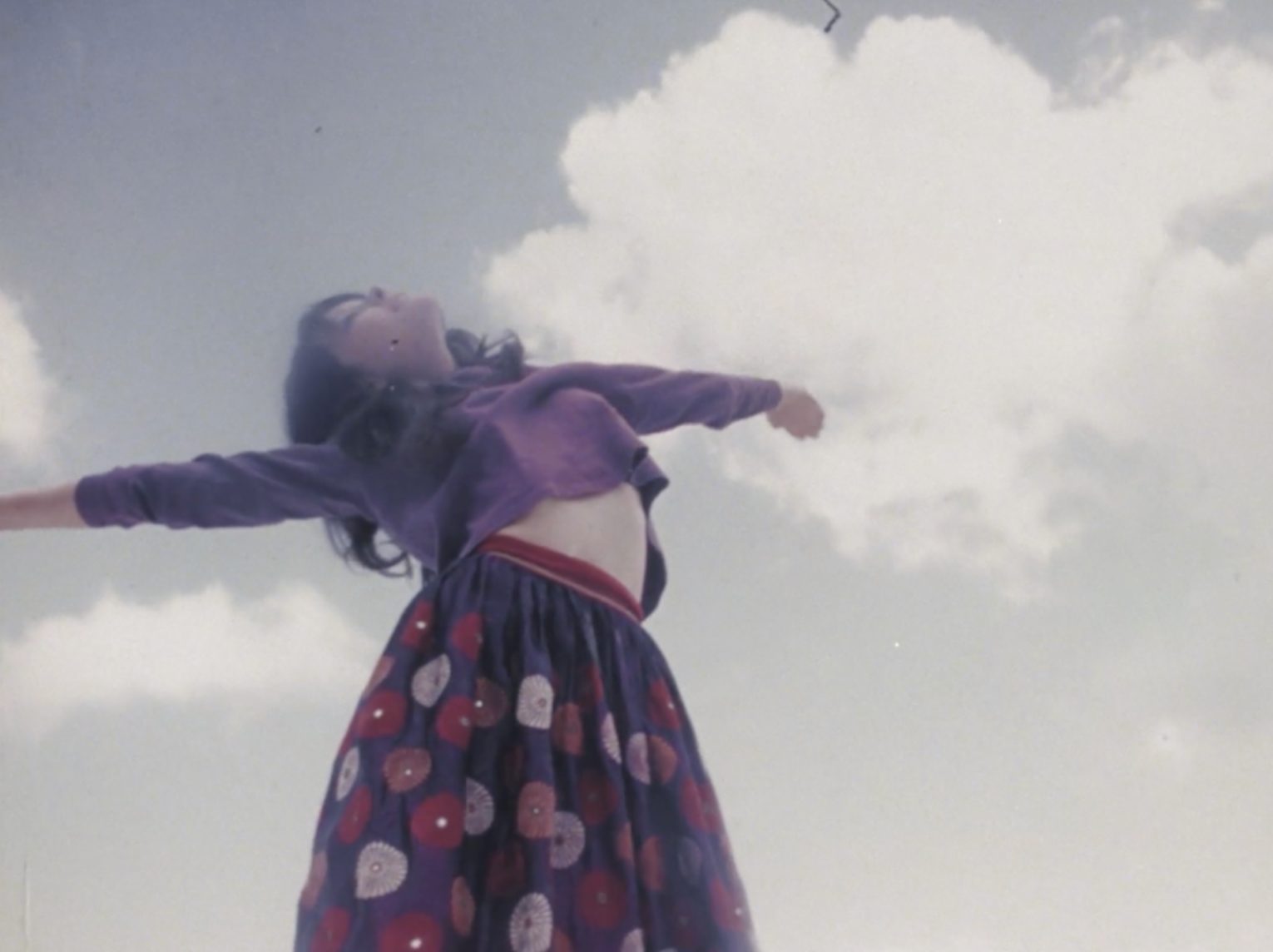WHIPLASH (US, 1995—97, Warren Sonbert)
/WHIPLASH is the final film by Warren Sonbert, a globe-spanning collage haunted by themes of mortality. Sonbert made WHIPLASH in the years following his HIV diagnosis; his vision and motor skills impaired, he gave his companion, Ascension Serrano, detailed instructions about the assembly of specific shots and the music to be used as a counterpoint to the images. Before his death in 1995, he asked filmmaker Jeff Scher (a former student of Sonbert's at Bard) to complete the film. WHIPLASH was also completed with assistance from the Film Preservation Project of the Estate Project for Artists with AIDS, of which GME President Jon Gartenberg was Program Director. The film premiered posthumously at the New York Film Festival in 1997.
Read More


